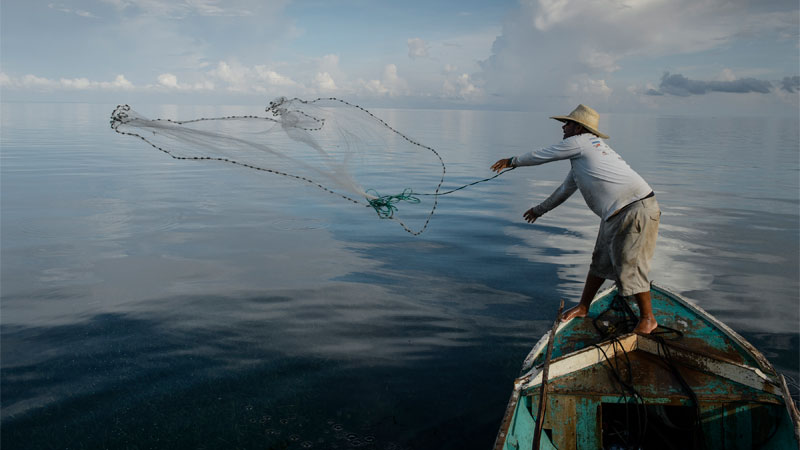|
A new Smithsonian-led study has found that marine protected areas (MPAs) can help to not only protect World Heritage sites and natural areas, but also improve the health and wealth of nearby communities.

Tom Anstey | Planet Attractions | 29 Jun 2023


A new Smithsonian-led study has found that marine protected areas (MPAs) can help to not only protect World Heritage sites and natural areas, but also improve the health and wealth of nearby communities.
The research from the Smithsonian Environmental Research Center (SERC), shows that limiting human activity in parts of the ocean can enhance the health of marine environments and the well-being of nearby coastal communities, highlighting the potential value of these marine protected areas (MPAs) in achieving multiple sustainable development goals around the world.
The researchers examined the impacts of MPAs in the Mesoamerican Reef region, discovering that MPAs with the most stringent fishing restrictions helped sustain fisheries and elevated income and food security in nearby coastal communities.
“The goals of sustainably managing marine resources, increasing food security and reducing poverty in local communities do not always lead to tradeoffs - these positive outcomes can occur in the same places,” said Justin Nowakowski, SERC senior scientist and Conservation International fellow..
“Under the right conditions, conservation interventions like MPAs may be central strategies for achieving multiple Sustainable Development Goals.”
More here
Live
|
|






Supplier Showcase 2025: The biggest attractions projects landing worldwide this year
|